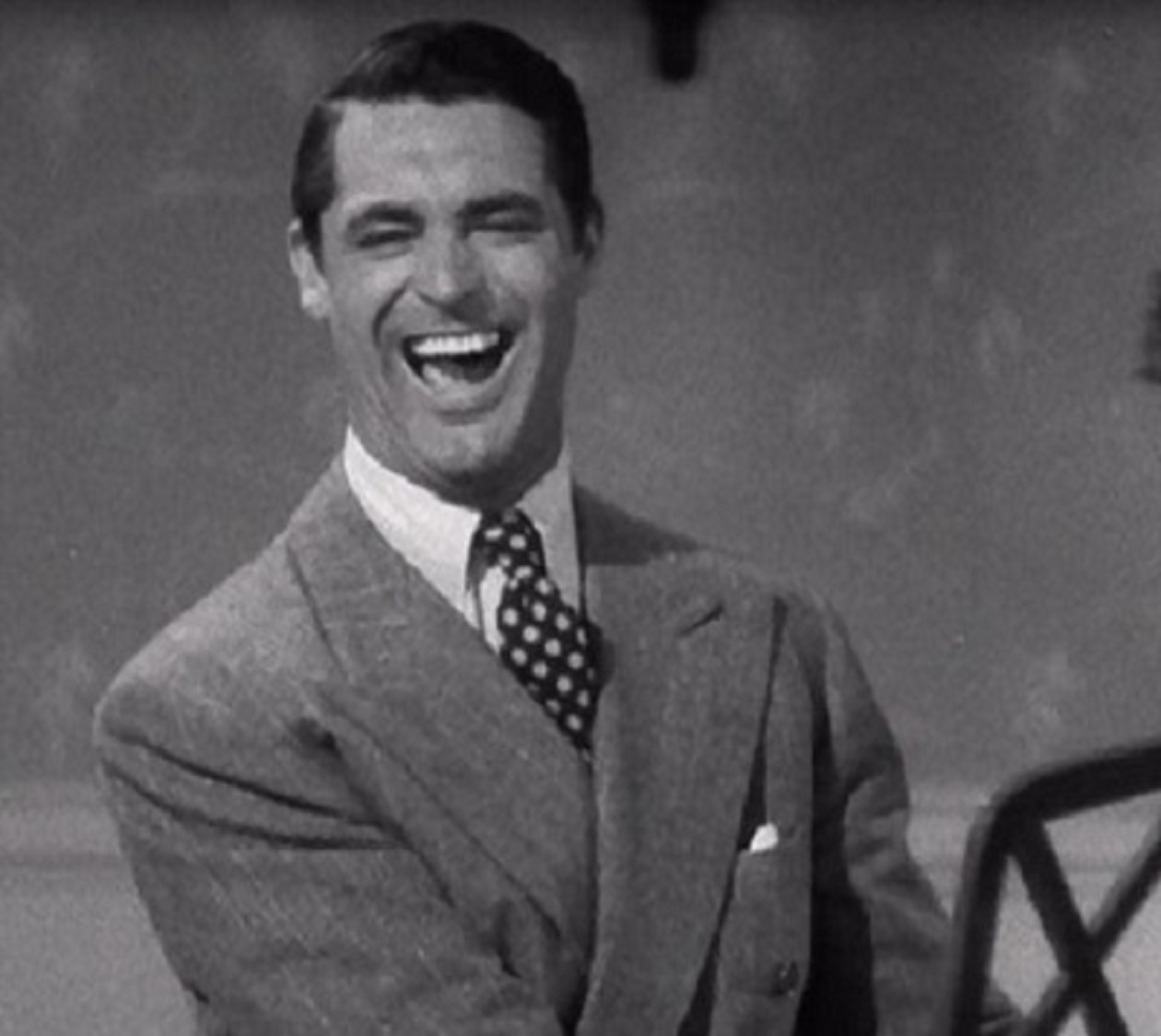Long Films: Why Hollywood Is Failing Viewers
I love going to the theater, getting my popcorn, staring at that big screen. I look forward to the lights going down, the previews. But lately, I find myself opting to stay home. Not because the “golden age” of TV makes me prefer HBOathons. Not because of the ticket prices. I simply don’t have 4 hours to spare, and apparently, that’s what I need to allot to see an action film today–even a comedy.
Take a look at current offerings:
- Spectre: 2 hours, 28 minutes*
- The Martian: 2 hours, 24 minutes
- Bridge of Spies: 2 hours, 21 minutes
- The Hunger Games: Mockingjay – Part 2: 2 hours, 17 minutes
Factor in the time it takes to get to and from the theater, park, get tickets, and find a seat, and you’ve now lost up to five hours of your day. It isn’t a nice break in the day; it is your day. Talk about awkward first dates: Hello, I just met you. Now let’s spend 5 hours together. I know I’m not alone in my irritation about this trend. And since so many of us spend hours sitting in front of computers, that much time in stiff seats isn’t exactly what the chiropractor ordered either.
What I find baffling about these bloated times is that editing techniques have improved dramatically in the last 90 years. I can trim a film on my computer. Why not use these techniques, or, I don’t know, hire an editor for the screenplay? And if Hollywood really wants to compete with television, is length really the only asset at its disposal? Might not convenience play a part in dwindling ticket sales? 3-5 hours of time to spare is anything but manageable for the average single person, much less a family.
Drawn-out action films particularly offend me. How long can the fevered pitch of an action film keep you enthralled? In the celebrated 60s Bond flicks, such as Dr. No and Goldfinger, the stories took an hour and 50 minutes. Spectre, the most recent Bond offering, is almost 40 minutes longer.
I know one could argue that dramas demand length. While I agree that certain stories are exceptional, for dramas as a whole, economy is part of the art. Preston Sturges managed a biopic in an hour and 23 minutes. Citizen Kane, the Orson Welles masterpiece largely credited as the best film of all time, clocks in at just under 2 hours. In 1935’s Oscar-nominated Les Misérables, the narrative of Jean Valjean was conveyed in an hour and 48 minutes; by 1998, it had expanded to 2 hours and 14 minutes, and by 2012, the tale had reached 2 hours and 38 minutes. The latter version being a musical is no excuse. Disney manages.
Even comedies have been breaking the 2-hour mark in the past few years. This Is 40 (2012), a Judd Apatow production, was a whopping 2 hours and 14 minutes. More recent fare isn’t quite that bloated, but The Intern, out now, passes the 2 hour mark. Why does such a simple story need 121 minutes, when the Marx Brothers could make cinema history in 68, and Mae West a brilliant period comedy in 66?
Among 1945’s Oscar nominees, only one film hit the bloated timeline of current films, Anchors Aweigh. Have you heard of it? I didn’t think so. The Lost Weekend, Mildred Pierce, and Spellbound all managed their plots in under 2 hours, and The Bells of St. Mary’s just over. A decade before, the 12 nominees were all under 2 hours and 20 minutes, and several well under 2 hours, including a drama, John Ford’s The Informer (91 minutes). Among Sight & Sound’s best five films of all time, one, Sunrise, is just 94 minutes. Vertigo, its top choice, is just over 2 hours. Eighty years after The Informer, with all the technology and years of models at their disposal, Hollywood can’t manage to do just a little cutting?
Last year’s nominees for the Oscar included several beautifully edited, economical films, including The Grand Budapest Hotel and Whiplash. Here’s hoping that trend continues, and that Hollywood starts to recognize that we movie lovers don’t prefer TV; we simply don’t have Rip Van Winkle‘s time to spare.
*lengths from IMDB
